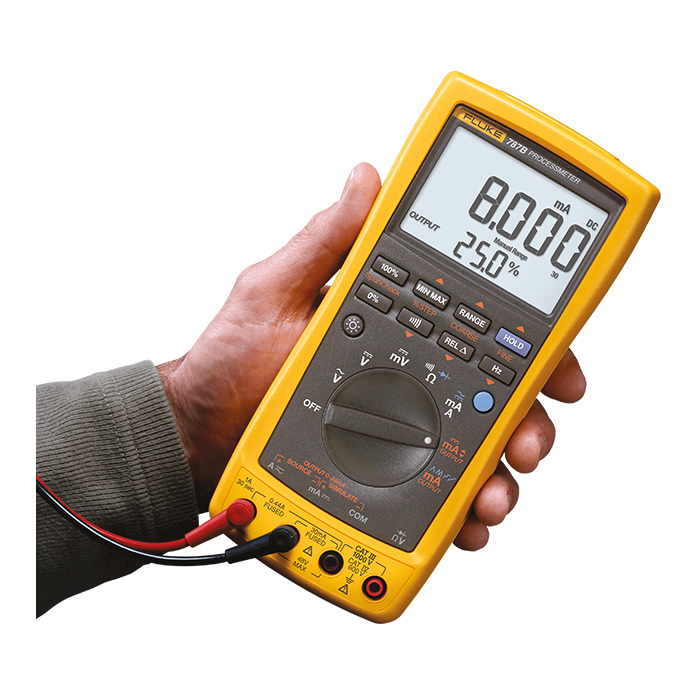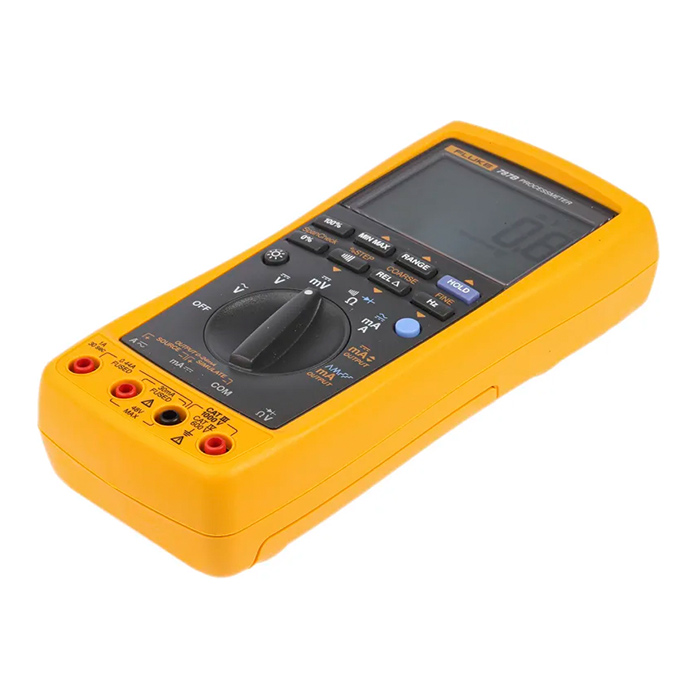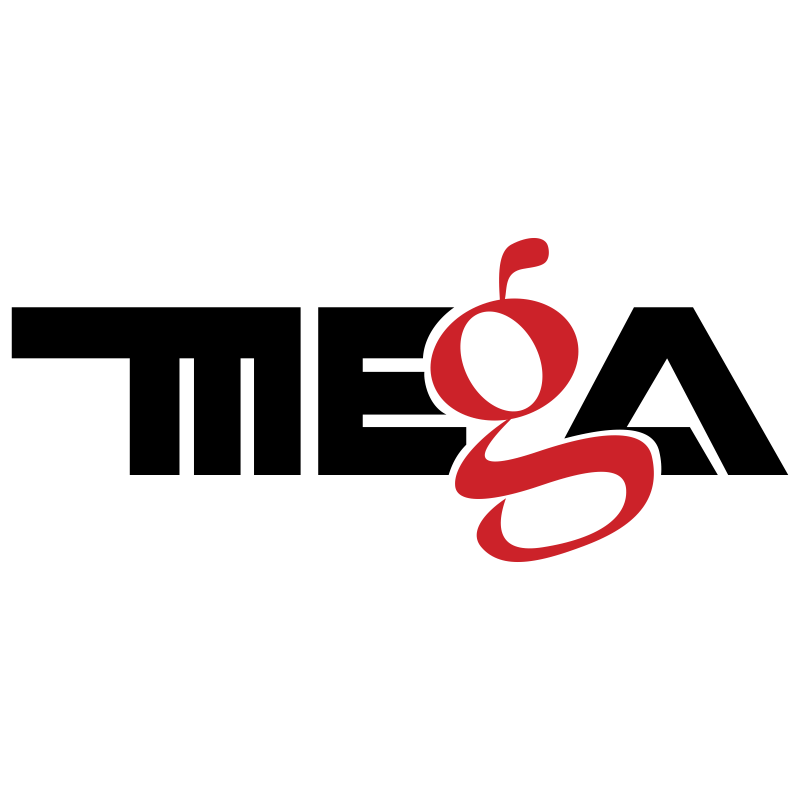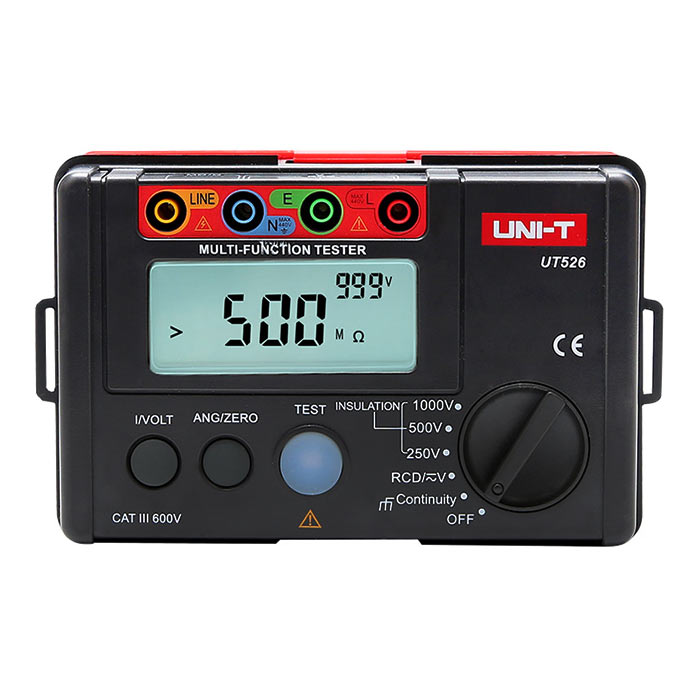





-
$ 362.16
Reviews & Ratings
Fluke 787B ProcessMeter™
The Fluke 787B ProcessMeter is a multipurpose tool that combines the capabilities of a digital multimeter with a loop calibrator. It is a popular choice among process control professionals.
The Fluke 787B not only lets you to generate, measure, and simulate 20 mA DC current, but it also allows you to view mA and % of scale readouts at the same time, allowing you to readily compare readings to what you see on your controller. To operate more efficiently, manually step mA signals (100%, 25%, Coarse adjustment, Fine adjustment) or utilise the Auto step and Auto ramp features.
The Fluke 787B is a full-featured, precision, true-RMS digital multimeter with standard capabilities for diode testing and a continuity beeper that meets 1000 V IEC 61010 CAT III and 600 V CAT IV standards.
The 787B additionally has Min/Max/Average/Hold/Relative modes for convenient operation and can measure frequencies up to 20 kHz. Even the batteries and fuses are freely accessible, allowing for quick and simple adjustments.
Advantages of the 787B ProcessMeter
The Fluke 787B adaptability is one of its key advantages. You can use this tool to accomplish a variety of tasks, including measuring current, voltage, resistance, and frequency, as well as calibrating and debugging process control loops. This adaptability removes the need for numerous tools, which saves both time and money.
Another advantage of the Fluke 787B is its long life. It is built to survive severe situations, having a tough outer casing that can withstand accidental drops and bumps. This function is particularly beneficial to professionals who work in industrial settings.
fluke 787 vs 787b
The Fluke 787 and 787B are process metres that also operate as multimeters and loop calibrators. There are, however, some significant changes between the two models.
The Fluke 787B has a higher precision than the Fluke 787, with an accuracy of 0.05% + 1 versus 0.1% + 1 for the 787. As a result, the 787B is a superior solution for more demanding applications requiring exact readings.
In addition, the 787B has a greater memory capacity for storing calibration data, allowing for the storage of up to 100 calibration procedures as opposed to the 787’s 0 calibration data memory.
Another distinction is the frequency range, with the 787B measuring up to 20 kHz against the 787’s 10 kHz.Overall, the Fluke 787B is a superior choice if you need a high degree of accuracy and additional storage for calibration data. If these characteristics are not required, the Fluke 787 may still be a good choice.
fluke 787b vs 789
The Fluke 787B and 789 are both professional-grade digital multimeters with extensive features. While they have certain similarities, they also differ in important ways.
Here are some important distinctions between the Fluke 787B and 789:
- One of the most notable distinctions between the two models is that the Fluke 789 has a process calibrator capacity, which allows it to measure and simulate numerous process signals such as voltage, current, resistance, and temperature. The Fluke 787B, on the other hand, lacks this feature.
- Both devices include source and measure functionality, however the Fluke 789 has a greater range of operations. The Fluke 789 is capable of measuring and sourcing mA, volts, temperature, frequency, and pressure, whereas the Fluke 787B is only capable of measuring and sourcing mA and volts.
- The Fluke 789 has a larger display than the Fluke 787B, which can make measurements simpler to read.
- Battery Life: The Fluke 789 has a longer battery life than the Fluke 787B, which is useful if you need to use it for a lengthy period of time.
- Price: Due to its added functionality, the Fluke 789 is often more expensive than the Fluke 787B.
Finally, the choice between the two models is determined by your personal requirements and budget. If you need a process calibrator and a wider set of capabilities, the Fluke 789 may be a better choice. However, if you only require simple measurement functionality, the Fluke 787B may be a better value.
fluke 787b pdf
For detailed instructions on how to operate and troubleshoot your Fluke 787B ProcessMeter, refer to the Fluke 787B ProcessMeter manual, which is available.
If you’re interested in purchasing the Fluke 787B ProcessMeter, you may want to check the Fluke 787B price on website to find the best deal.
787B Fluke ProcessMeter Specifications :
- V dc:400.0 mV, 4.000 V, 40.00 V, 400.0 V, 1000 V
- V ac (true-rms):400.0 mV, 4.000 V, 40.00 V, 400.0 V, 1000 V
- mA dc:30.000 mA
- A dc:1.000 A (0.440 A continuous)
- An ac:1.000 A (0.440 A continuous)
- Resistance:400.0 Ohms, 4.000 k, 40.00 k, 400.0 k, 4.0 M, 40 M
- Frequency (0.5 Hz to 20 kHz):199.99 Hz, 1999.9 Hz, 19.999 kHz
- Diode test:2.000 V (shows diode voltage drop)
- Continuity: Beeps for resistance < approx. 100 ohms
- Maximum voltage applied between any jack and earth ground:1000 V RMS
- Storage temperature:-40 °C to 60 °C
- Operating temperature:-20 °C to 55 °C
- Temperature coefficient :0.05 x (specified accuracy) per °C (for temperatures < 18 °C or > 28 °C)
- Relative humidity :95% up to 30 °C; 75% up to 40 °C; 45% up to 50 °C; 35% up to 55 °C
- Vibration: Random, 2 g, 5-500 Hz
- Shock :1 meter drop test
- Safety :IEC61010-1, Pollution Degree 2/IEC61010-2-033, CAT IV 600 V/CAT III 1000 V
- Size (HxWxL) :50 x 100 x 203 mm (1.97 x 3.94 x 8.00 in)
Frequently Bought Products
-
$ 362.16









